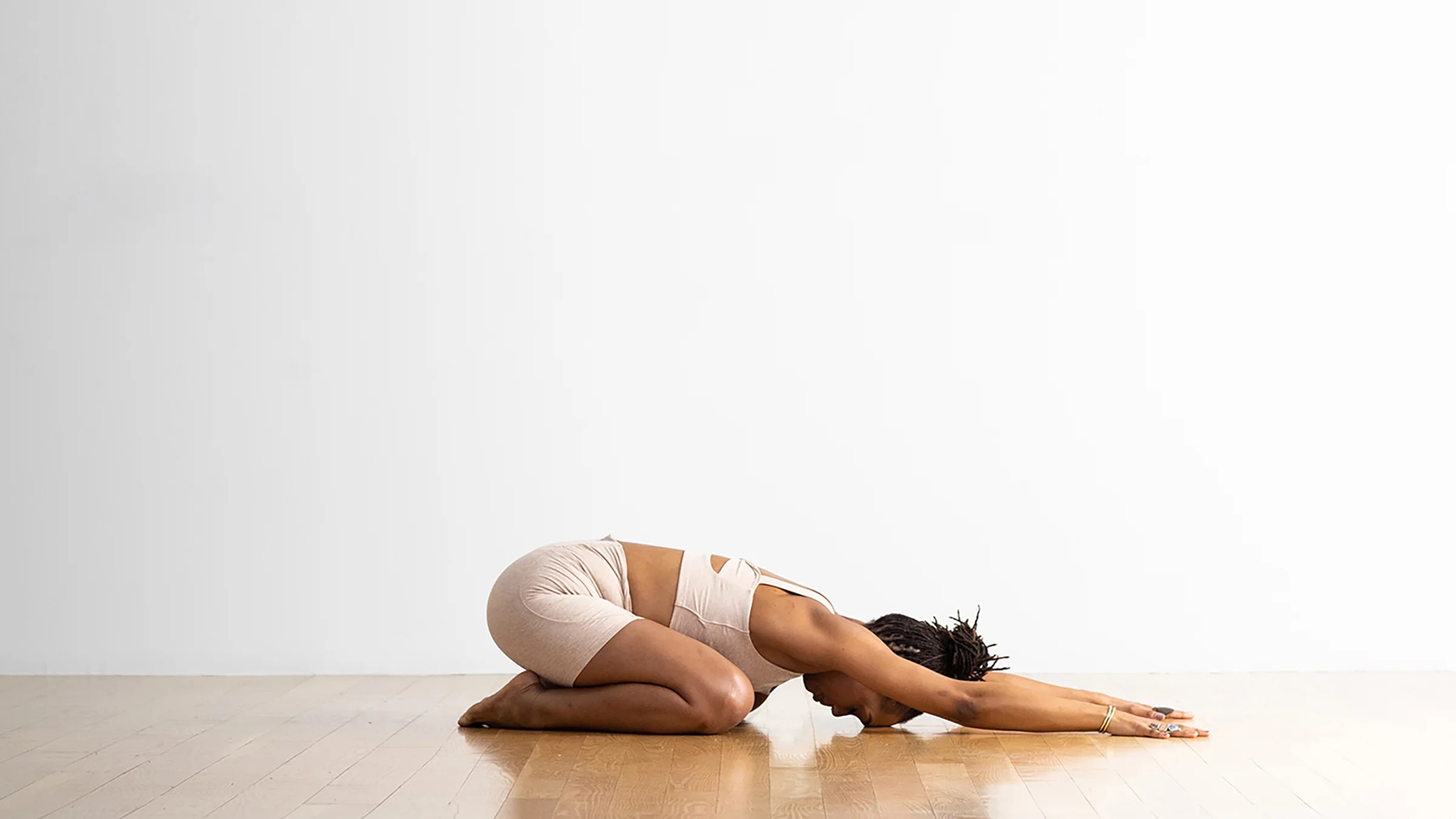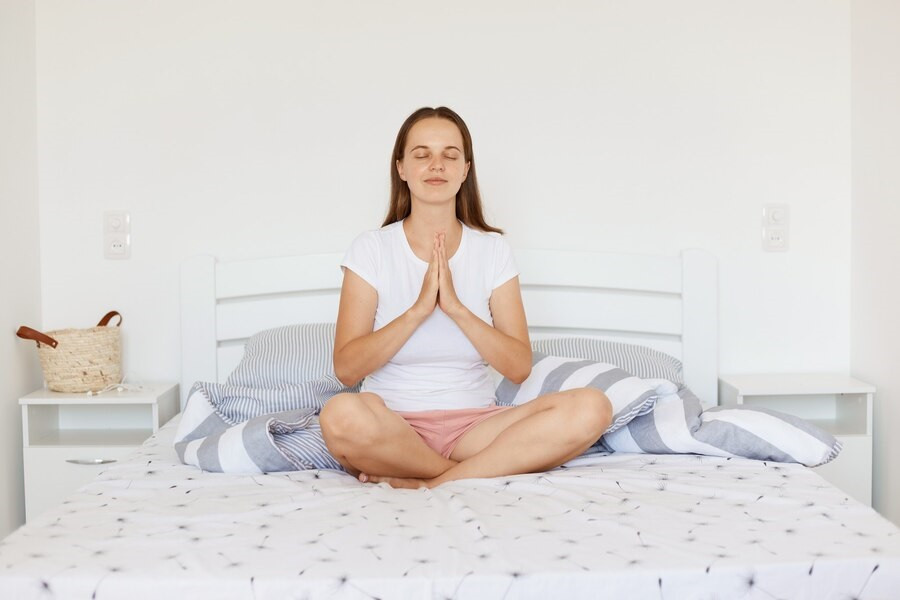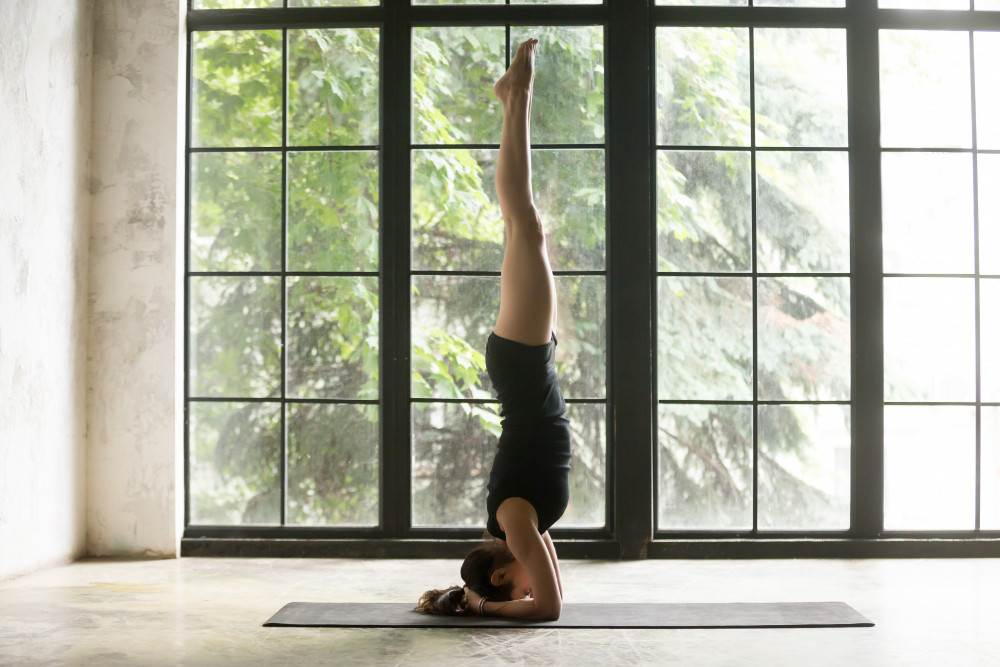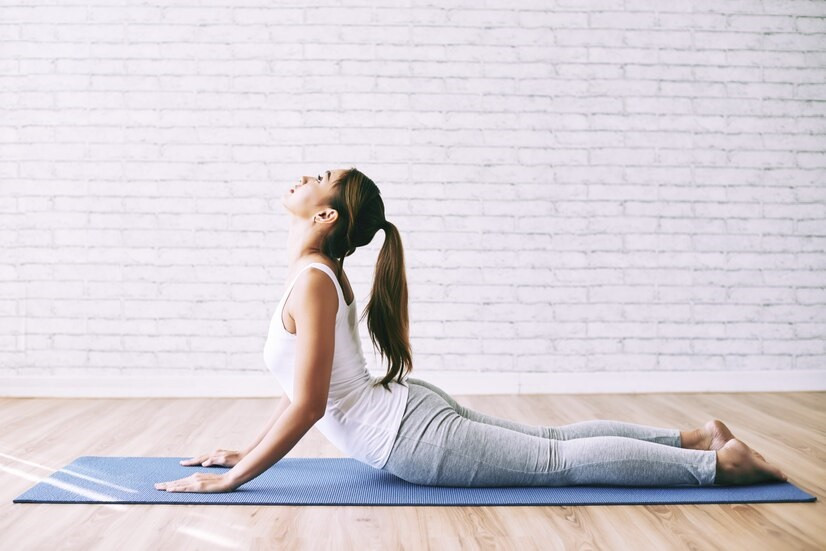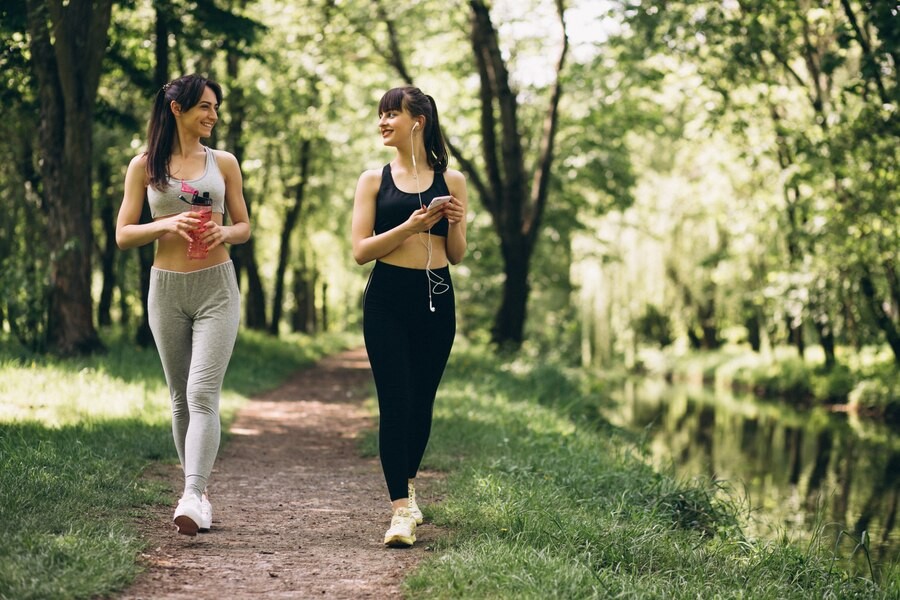Child's Pose or Balasana is one of the most beneficial yoga poses and is often used to end an intense yoga session or workout. This pose is said to be very good for the body and mind.
Practicing Balasana as part of a workout routine not only provides a feeling of comfort and peace, but it can also reduce strain on the lower back and shoulders.
Muscles Exercised Through Child's Pose (Balasana)
A child's pose is not a movement that intends to strengthen muscles. Instead, it focuses on stretching that provides a relaxing and comfortable effect. There are several muscles involved in this pose, such as:
Trapezius muscle
The trapezius muscle is a large muscle located on the left and right back. These two muscles stretch from the nape of the neck to the middle of the back and form a diamond.
Erector Spinae Muscle
This muscle runs along the spine and usually helps to keep the back straight and able to rotate.
Latissimus Dorsi Muscle
This muscle branches from the spine to the back of the rib cage and helps extend or move the shoulders and arms.
Teres Muscle
This muscle runs from the shoulder blade to the armpit. Together with the latissimus dorsi muscle, they help move the shoulder and arm.
Oblique Muscles
The oblique muscles run along the sides of the body from the center of the rib cage to the pelvis and allow the body to rotate from one side to the other.
Gluteus Muscles
The Gluteus muscles have several tasks in the body including moving the thighs. The child's pose helps relieve tension in this muscle group.
Hip flexor muscles
The hip flexor muscles are a group of muscles at the front of the thigh that can easily become tense especially if you sit at a desk more often throughout the day.
Benefits of Child's Pose (Balasana)
Child's Pose has several benefits for the body, such as:
- Helps relax the muscles mentioned earlier, including the muscles in the back, hips and shoulders
- Helps stretch the lower back
- Helps reduce tension in the hips
- Helps reduce stress and relieve anxiety
- Reduces fatigue headaches
- Helps stretch the upper thighs
- Helps lower heart rate
How to do Child's Pose (Balasana)
Although it looks simple and easy, not everyone can do this pose correctly. Here are some steps of the correct Child's pose:
- Start by sitting cross-legged on a mat or floor with your knees touching the floor.
- Sit back on your heels and place your feet under your buttocks in a slightly crossed position
- Slowly lean forward until your forehead touches the mat or floor, with your back remaining flat
- Stretch your arms forward with your palms facing down and your hands against the mat or floor.
- Relax the neck and shoulders while keeping the forehead against the floor. You may close your eyes to create a deeper feeling of relaxation.
- During this pose, try to breathe deeply and feel calm in the body.
- Stay in this pose for a few moments and slowly return to the sitting pose.
Although the Balasana pose is generally not dangerous, you should not do it if you have a knee injury or shoulder injury. Return to the original position immediately if you feel pain.
If you need medical advice or consultation, you can either visit a doctor or make use of the consultation features that are available in the Ai Care application by downloading the Ai Care application from the App Store or Play Store
Looking for more tips and tricks for health, first aid, and other home remedies? Click Here!
- dr. Siti Marsiana Meriam
Valencia Higuera (2020). Health Benefits of the Happy Baby Pose (Ananda Balasana). Available from: https://www.healthline.com/health/happy-baby-pose
Ann Pizer, RYT (2023). How to Do Child's Pose (Balasana) in Yoga. Available from: https://www.verywellfit.com/childs-pose-balasana-3567066
Sarah Vallie (2022). How to Do a "Child's" Yoga Pose. Available from: https://www.webmd.com/fitness-exercise/how-to-do-childs-pose

